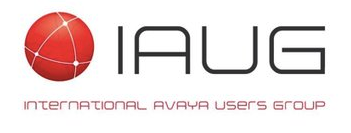Technology changes nearly as quickly as the calendar flips. A new device or upgrade that was trending not long ago may become antiquated or obsolete before you know it.
Information technology is integral to most businesses today. But over the last several years, many IT practices have become fixed and inflexible. While older concepts are good springboards, some have become ineffective. There are many you can reconsider or eliminate. Here are four IT practices businesses should stop using:
1. Outdated software
One of the biggest security vulnerabilities a company can face is one of the simplest to address: outdated software. There are many risks associated with using unsupported or outdated software, and hackers love to exploit these gaps. Then there are the inevitable problems of a system failure or antiquated workflows that slow a company’s productivity. Although upgrading software – including your operating systems – can be time-consuming and expensive, doing so can safeguard your organization and create more room for innovations.
2. In-house server hosting
Most cloud vendors can provide public, private, or hybrid cloud hosting based on your requirements. With such extensive cloud capability, there is no reason any more to rely on in-house server hosting. Migrating to these versions can not only help save your business the costs of purchasing and maintaining software, but also the costs of maintenance and upkeep on servers.” Another plus of cloud computing is the added security of cloud disaster recovery, a backup and restore capability that enables companies to recover data and switch to a secondary operational mode.
3. Inflexible work environment
The new wave of the workforce is an IT strategy that includes video cameras and laptops for team members to facilitate remote work and remote communications. Firms are being left behind that don’t have that flexibility. Flexible work arrangements improve a company’s effectiveness and morale. It’s one of the best uses of today’s IT.
4. Unnecessary complexity
Rethink your architecture and prioritize for simplicity. When modernizing your systems, less is more in terms of both architecture and functionality. Whatever applications you choose, make sure you use a reliable and future-ready technology stack to deliver optimal performance.
Many executives are unsure, or even unaware, of the risk that obsolescence presents to their technology portfolios. Their uncertainty stems from not having the right data and dealing with conflicting points of view on priority, value, and risk.
However, keeping up with the interrelated parts of IT and the advancements – from software to cybersecurity to social media platforms – should be prioritized.
Chris Hoose is the president of Choose Networks, an IT consulting firm for small businesses.

